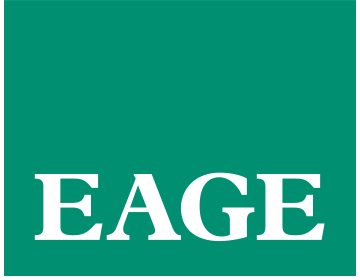North Africa and the Eastern Mediterranean area is poised to be a critical global energy hub in the 21st century. Unlocking oil and gas resources, developing CCS and new renewable energies such as offshore wind, hydrogen/helium, geothermal, and associated critical resources will add a cyclic economy component and cross sectorial value to the needs of the region.
Petroleum Geoscience is excited to introduce the thematic collection ‘Geoscience Driving the North Africa and Eastern Mediterranean Energy Hub’. This collection aims to delve into the intricate regional geology, explore the development and evolution of structural styles, analyse depositional systems, and assess their implications for the oil and gas potential in these specific regions.
Submission
Full author guidelines can be found online.
Submission should be made via the Petroleum Geoscience Editorial Manager website.
When submitting manuscripts make sure to identify the submission as being for the ‘Geoscience Driving the North Africa and Eastern Mediterranean Energy Hub’ collection by selecting it from the ‘Section/Category’ drop-down list.
Submission deadline: 30 April 2025
Submission and publication in Petroleum Geoscience is free of charge.
Authors may choose to make their article fully Open Access (sometimes called ‘Gold Open Access’) on payment of an Article Processing Charge (APC). Full details can be found here.
Guest Editors
- Jonathan Redfern (University of Manchester)
- Ioannis Alexandridis (Hellenic Hydrocarbons and Energy Resources Management Company S.A.)
Contact
For any queries contact the Petroleum Geoscience journal office.






